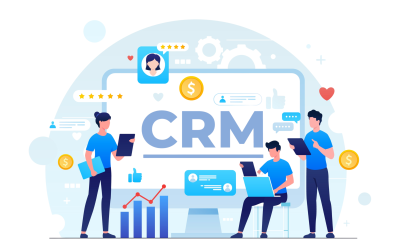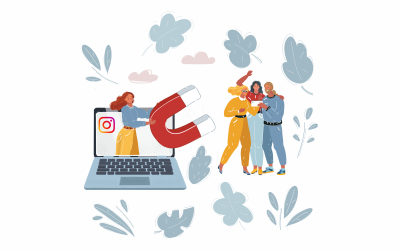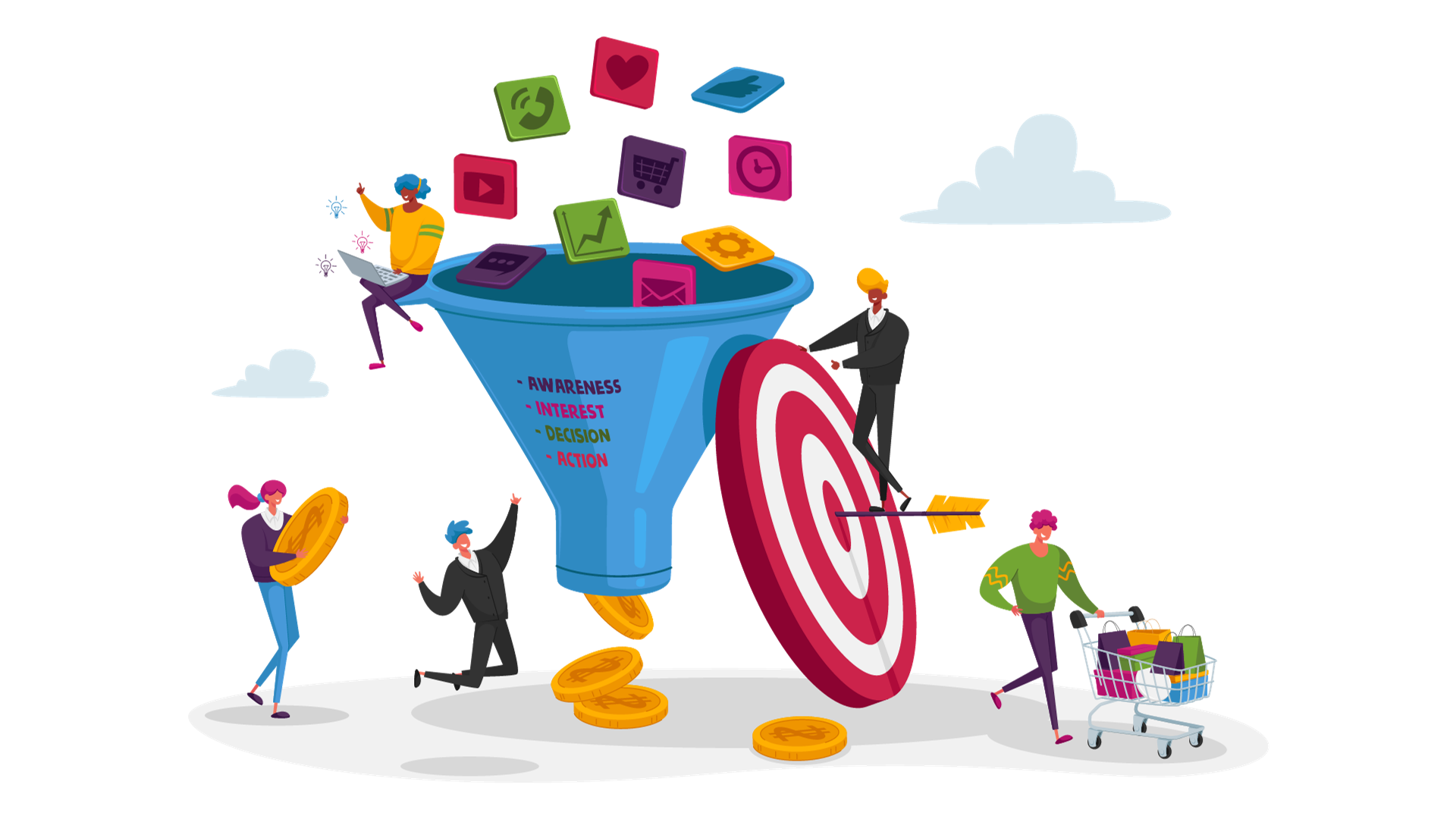Chatbots are your Santa helpers; little elves taking care of chores, effectively automating work and communication. They respond to users in a chat, offer service, gather data — tons of things they can do. (Psst! Wanna learn more about ‘em? Check out this huge guide on chatbots!by us). It’s a fantastic way to cater to your clients on Facebook Messenger, WhatsApp, Telegram, you name it. There are two general types of a chatbot to choose from: simple, rule-based chatbots and complex AI-based chatbots.
What is the difference? Let’s find out.
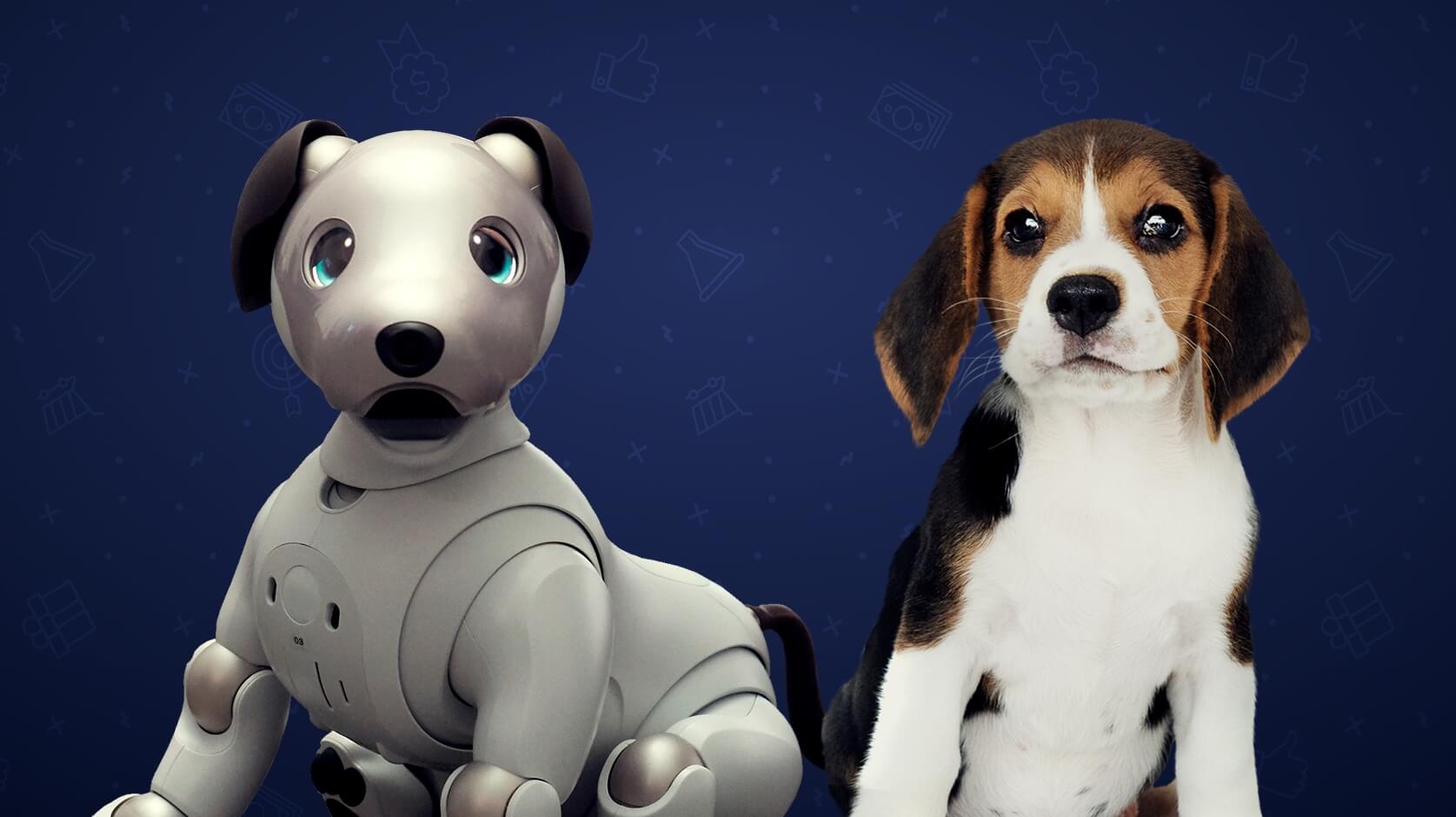
Rule-based chatbot (simple bot)
A rule-based chatbot receives a command from the user through a button or key phrases. It follows an if this then that workflow and cannot deviate from it. That means if a rule-based chatbot is asked something it doesn’t have an answer for, it will simply cease function (with a “Sorry, I’ve no idea what you want from me” message).
It’s not a bad thing. Rule-based chatbots don’t offer too much freedom for the user, but they won’t stray anywhere, only where you want them to go. Your chatbot, as a result, won’t say or do anything outside of the scenarios your prepare for it.
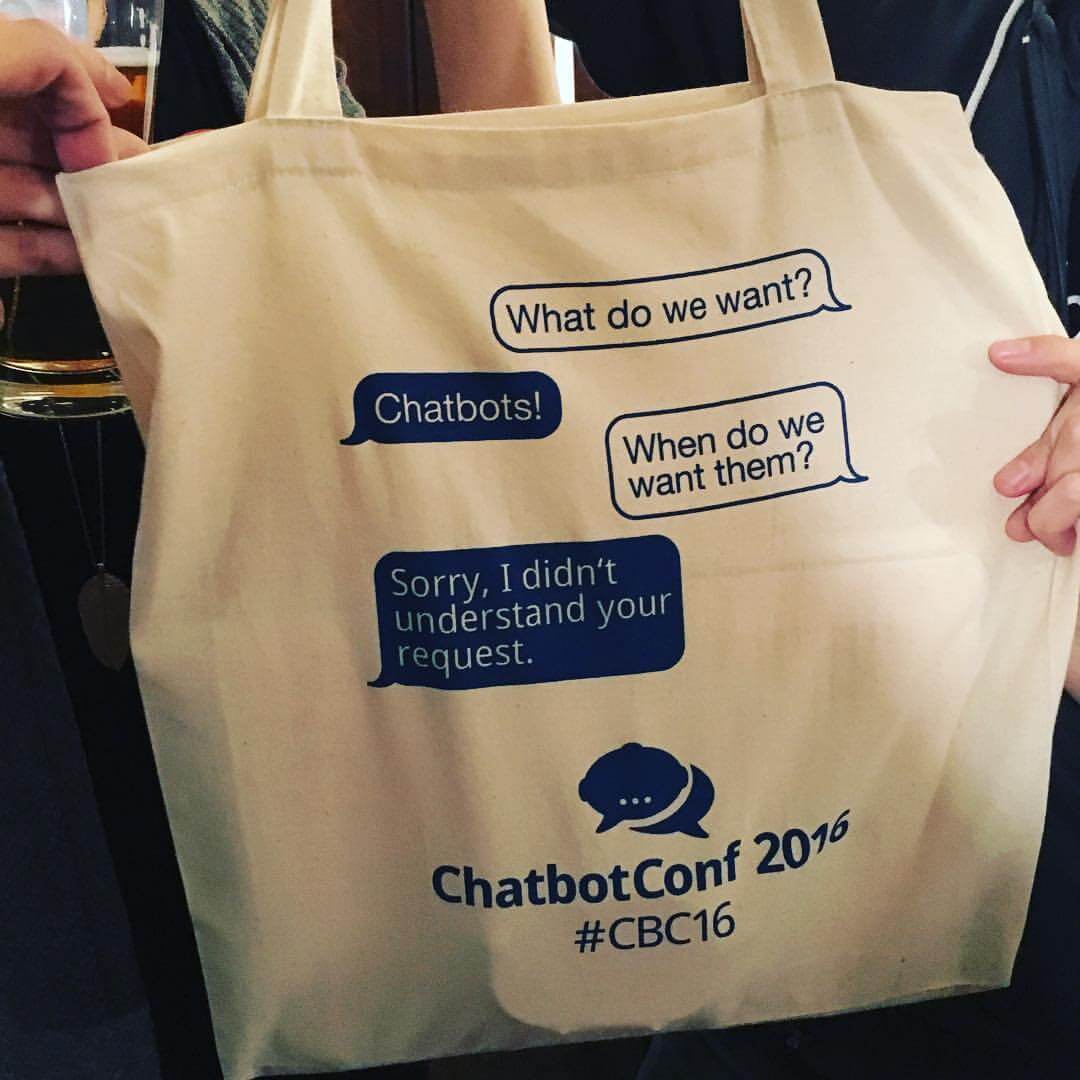
Originally posted by @ashevat on Twitter: a telling tote bag humoring early chatbots, available to participants of ChatbotConf 2016<
How does it interact?
So one way a chatbot can interact is through buttons alone. It makes the chatbot akin to a character in an RPG game — you get a set of possible answers and you need to select one. Based on the answer, the chatbot guides you forward. This is the simplest (and most common) type of interaction with a chatbot.
Another thing a rule-based chatbot can use is Natural Language Processing (or NLP) to help the user navigate without buttons. With NLP, all you need is to type in a question. The chatbot will try to understand it and provide a correct answer.
This process of figuring out the answer is based on user intent and the dataset of words and phrases to match it. The intent is the genuine desire of the user, it’s what they seek by asking a question. The dataset stores all the words and phrases related to a certain search made by the user with this intent. That’s how the chatbot understands what the user wants based on what the user asks via text.
An example of a rule-based chatbot
Let’s imagine a user has asked your chatbot a question. The question is:
“What are your business hours?”
Your chatbot probably will have multiple intentions and datasets set up. One of these intents will address this particular question from the user. Under this intent, the dataset will contain words and phrases similar to the query. Something like “business hours”, “when do you open”, “are you closed on weekends”, etc. So long as there is a match for any of these between the dataset and the user’s question, the intent will be detected and the correct answer will be sent.
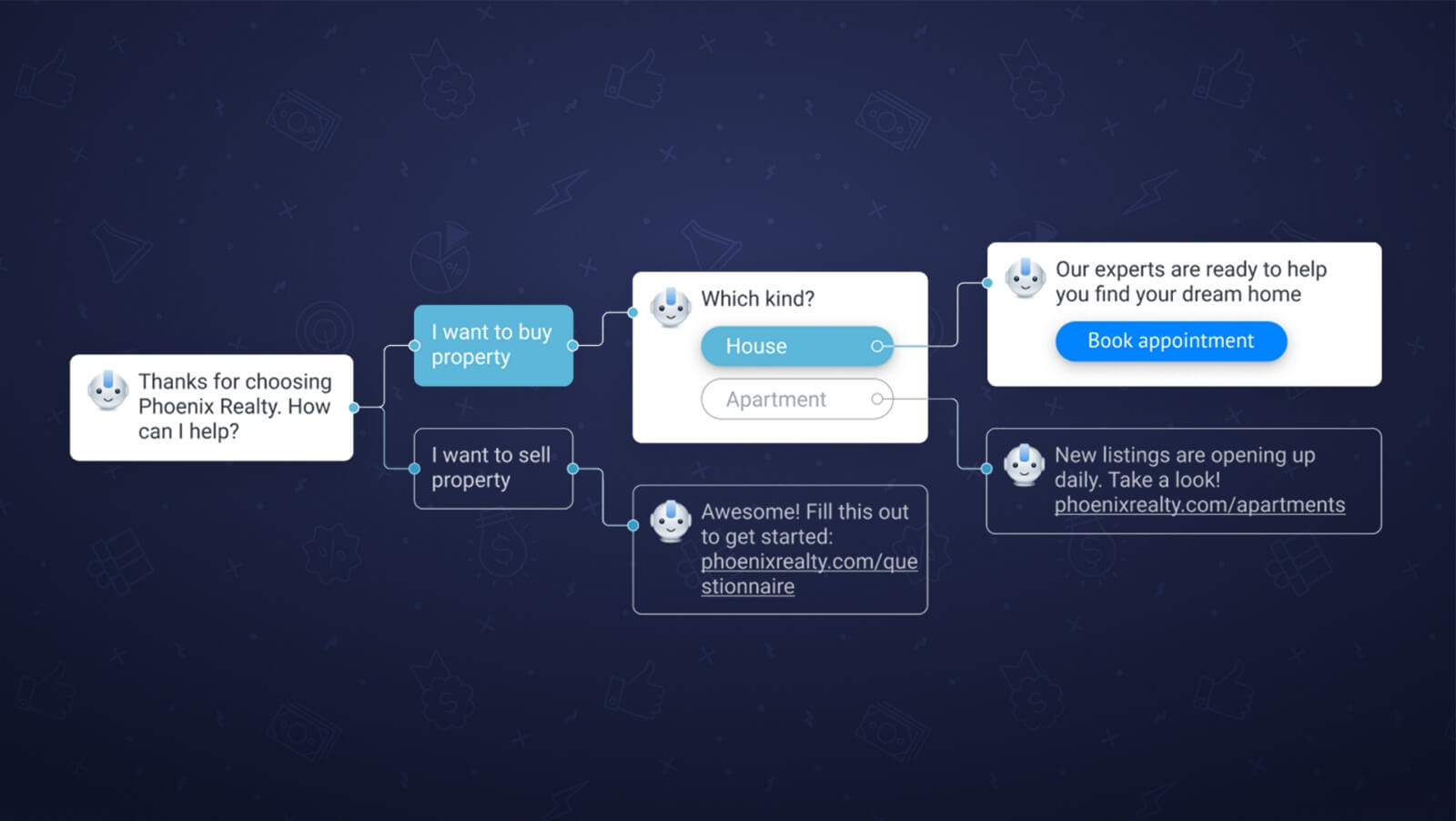
Chatbots can be fine-tuned to accept phrases that don’t exactly match the ones you have in the dataset — by setting a threshold of word similarity. 100% threshold means there must be an absolute match, and 50% threshold means only half the text in the query needs to match the dataset. It’s broader but more prone to error.
So, in short, this kind of chatbot only functions on a pre-defined set of rules and cannot generate answers on its own (i.e an answer without a pre-set template). It’s more or less failsafe, and inexpensive to build.
Okay. What about the AI bots?
AI-based chatbot (complex bot)
It’s a bit unfair to draw a clear line between rule-based chatbots and AI chatbots. They are all one: chatbots. The only difference is how they perceive the world and how they talk back to us.
What is AI chatbot’s purpose?
AI-based chatbots are often designed to provide a conversational experience similar to the one you have with a real human. AI chatbots also help the user navigate through a complex structure of the website or service. Basically, the user can cut corners with it and get straight up what they want.
The main thing that sets the AI-based chatbots from rule-based is its ability to learn and come up with answers on the fly. That requires significant resources and time to get started, even more so to hone it to perfection. That’s why fully AI-based chatbots are still rather uncommon.
.#aichatbots learn from their users. They can clarify questions during the dialogue and connect the dots later on. 🤩
Tweet this!
The technology that helps the AI-based chatbot to learn is Machine Learning. The chatbot learns from previous conversations, connecting the dots between different words, intent, and determines what is what with little to no human input. AI chatbots often ask the user if they meant A or B during the conversation, if they are unsure what the correct answer is. Based on that, the chatbot learns.
There is speculation that any captcha from Google that a human must solve to prove they’re not a bot is actually used for the same purpose. We help Google teach their incredible AI to recognize everything and anything, by providing an outstanding amount of data to learn from.
There was also a negative experience of a powerful AI chatbot let out into the wild to learn. Microsoft’s Tay, a Twitter chatbot, was released as an experiment in learning from humans and forming a personality and opinion on matters. Things went sour with this project, however. Within 24 hours Tay went from an outgoing chatbot with a positive attitude to a neo-nazi cheering for all sorts of bad things. Tay merely wanted to learn and did it very well — but perhaps our community is simply not ready for an AI of this caliber to become a part of society just yet.
Okay, that was probably a bit confusing. What does it all mean for a rookie that’s just starting? What to aim for, what to invest?
The rule of thumb: once you will need a power AI chatbot, you will know it. Until then, the simpler — the better. So long as the chatbot gets the job done, it’s reliable. Often that’s all you need — a chatbot that is easy to create and maintain. You can always make it more complex later on. Only you can know the scope of the chatbot and what it should do for you. Just as a recap:
Rule-based chatbots are
- Simple (easy to make)
- Can’t do anything outside of their scenario (predictable)
- Inexpensive (can be developed and maintained solo)
AI-based chatbots are
- Complex (investment required to get one off the ground)
- Flexible (will adapt and learn from their users)
- Expensive (will likely need a team of specialists to create and support)
Start small, build up as you go, and capitalize on messenger-based sales.
Thanks for reading!



